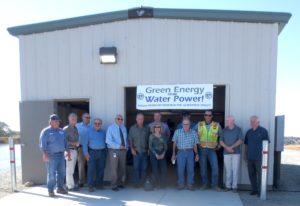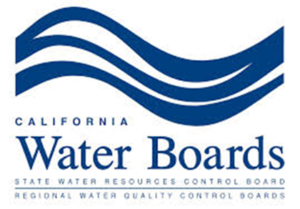PCWA Partners on French Meadows Forest Resilence Project
Contact: Einar Maisch, General Manager – (530) 823-4860 or: Ross Branch, Public Affairs Manager –(530) 823-1937
AUBURN, Calif. (September 2, 2016) — In an effort to improve the health of the forests and watersheds that source Placer County Water Agency’s (PCWA) water supply, the Agency is partnering with the Tahoe National Forest, The Nature Conservancy, American River Conservancy, and the University of California, Sierra Nevada Research Institute on the French Meadows Forest Resilience Project. The PCWA Board of Directors authorized staff to sign a Memorandum of Understanding (MOU) with the other stakeholders at its meeting on September 1.
The aim of the French Meadows Forest Resilience Project is to increase the pace and scale of forest restoration in a critical municipal watershed, using an approach of ecologically-based forest management. The partner agencies will collaborate to develop project goals and direction, manage the project, contribute in-kind staff and expertise, and raise necessary funds. The project area sits upstream of PCWA’s French Meadows Reservoir, and includes land managed by the United States Forest Service and land owned by American River Conservancy.
“French Meadows is one of PCWA’s two major reservoirs,” General Manager Einar Maisch said. “Protecting this resource from catastrophic wildfire and the resulting watershed degradation is of upmost concern to the Agency. I believe this is an important partnership and important project.”
Forest conditions in the area are unhealthy and at risk of high-severity wildfire due to past management, fire suppression, and years of drought. Severe wildfires in recent years, downstream of the project area, have caused hundreds of thousands of tons of topsoil to erode into the river system, clogging infrastructure and habitat, and affecting the stability of the watershed. Through this innovative partnership, the agencies hope to prevent these negative effects of wildfire and create a new model for advancing the pace and scale of forest and watershed restoration in the Sierra Nevada and across the western United States.
In addition to improving resiliency to wildfire on public and private lands around French Meadows Reservoir, the project will monitor the hydrologic effects of prescribed forest treatments, and a research component will study the relationship between forest thinning and downstream water supply.
At this early stage, the MOU does not bind any party to specific commitments, financial or otherwise, but rather formalizes the collaborative relationship.




